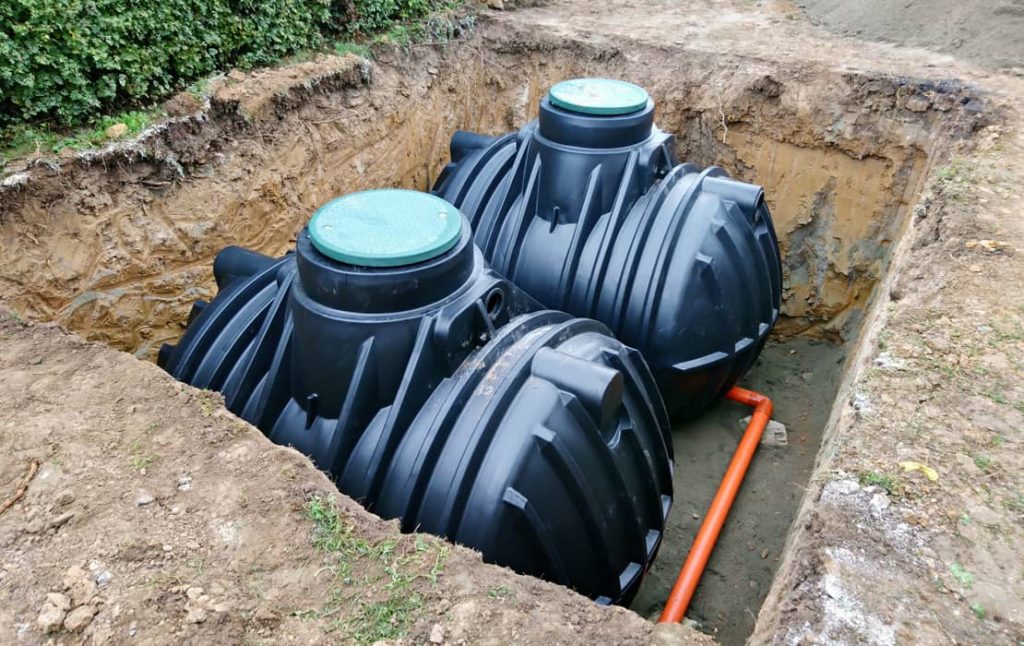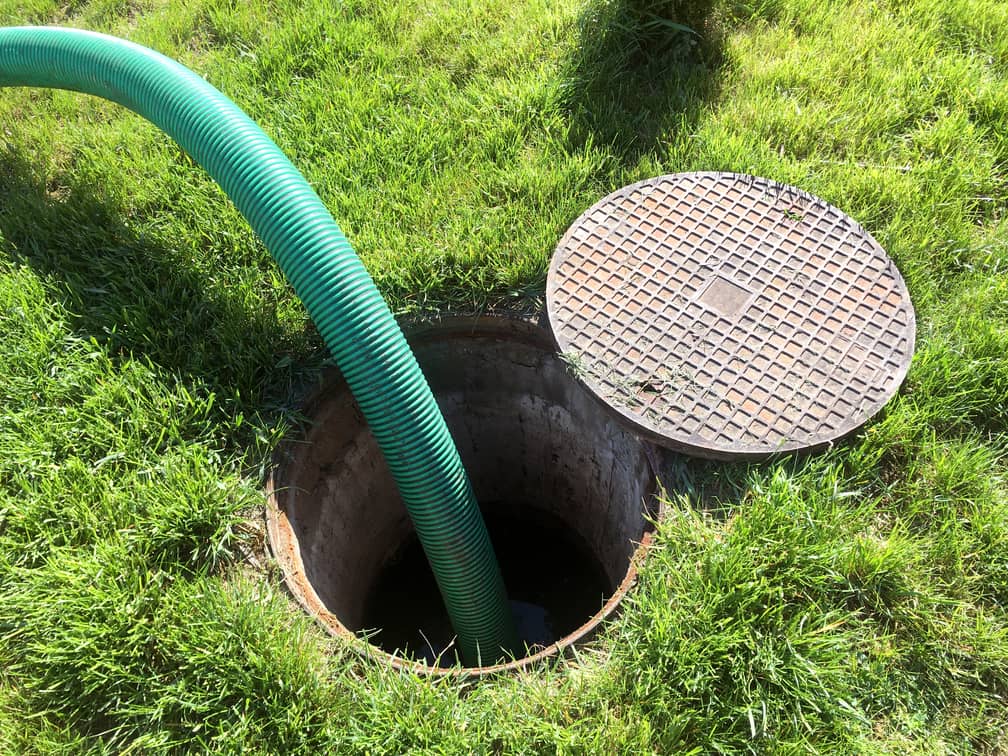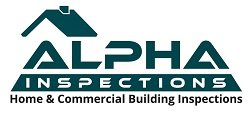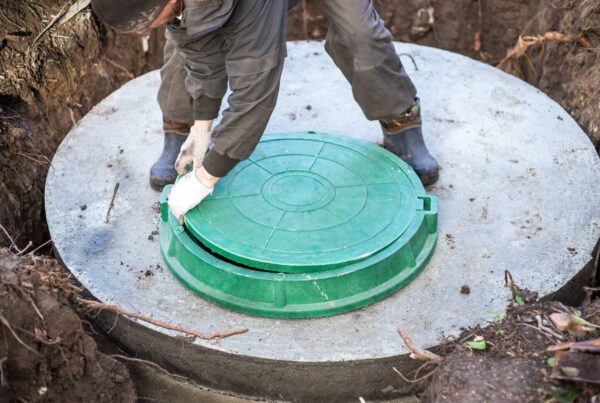
When buying a home that has a septic system instead of a city sewer connection, it is important to know things. Understanding where the drain field is, the septic tank needs for maintenance, and how often you need to have your septic tank drained is important. There are a few basic maintenance needs in order to keep your septic tank working properly. Also, ensuring that your septic tank is emptied regularly keeps the waste from backing up into your home. Now that you are moved into the house. How to locate a septic tank? Sewer lines, property records, inspecting your yard, and searching for the septic tank lid are the best ways.
Let’s take a look below at what all of this means for the homeowner.
What Is A Septic Tank
Septic tanks are installed as part of your home’s plumbing system if you are not on city sewer. Your septic tank collects all of the waste from your home’s kitchen sink, toilets, and garbage disposal. Knowing when your septic tank is full is important. Septic maintenance is key to a long-lasting septic system.

How Do I Find It
There are a few ways that you can locate your septic tank. This is important to find as you will need to empty the tank on a fairly regular basis. Let’s take a look at what we can do to locate a septic tank.
- Trace the Main Sewer Line – use the basement or crawl space to see where your sewer line leads out of your home. Once outside, use a soil probe to poke into the ground every two feet as your trace the pipe leading away from the home. Most states require a septic tank to be installed a minimum of 5 feet from the home. However, most of the time the septic tank is 10 to 25 feet away.
- Property Records – when the septic tank was installed a copy of the building permits was sent to the department of health. Contact your local department of health for a property map and a septic tank map. This can expedite the process of finding where the tank is located.
- Inspect your Yard – look for dips or hills in the yard. When a septic tank is buried, a mound of dirt may be brought in to fully bury the tank. You can also look for the healthiest patch of grass. If there is a slight leak in the tank the lawn will be very fertilized and look extremely healthy and green. Measure out 25 feet from your home and then work your way backward. Use a soil probe that allows you to go up to 4 feet deep to find the lid.
- Look for the Lid – septic tank setups can typically include two or three tank lids. They are rectangular in shape and are listed as 5 ft x 8 ft in size. Septic tanks are typically buried underground anywhere between 4 inches to 4 feet underground. If probing for the lids does not work, you might have to dig some around the perimeter of the tank. Oftentimes a shallow dig will reveal the tank lid.
- Where It Won’t Be – you will not find a septic tank buried under flat concrete or paved surfaces.

How Much Do They Cost
Getting your septic tank pumped out regularly is a must. If you fail to have this project done, the tank will fill up, and eventually, nothing will flush into your sewer pipes. This could lead to a backup of sewage into your plumbing. The national average for septic tank pumping is $450. In some states, you could see a bill as high as $900. Make sure that you are putting some money into your expense budget for this project.
Other Recommended Maintenance
Now that you have figured out how to locate your septic tank, take a look into how to pass a septic inspection. You will want to know this process if you ever plan to sell your home. It will be an additional inspection during the home sale process. Get to know what is needed to pass the septic inspection.
While you are involved with an understanding of how to pass a septic inspection, it might be a good idea to know how much they cost. Getting a cost of a septic inspection allows you to save for the septic inspection. A septic inspection is advised to maintain a properly working system.
Lastly, understanding all of the working parts of a septic system and your sink drains are important. For example, many homeowners believe that a garbage disposal is necessary for their kitchen. Is a garbage disposal a good idea with a septic system? Definitely, something to look into. You wouldn’t want to install a garbage disposal if it can be detrimental to your septic system.

When Do I Call A Professional
When attempting to find your septic tank, it is a great idea to hire a professional septic inspection company. In some cases, your local home inspection company also has the equipment to conduct a full septic inspection. Calling on the right home inspection company can save you time and money. Not only can they conduct a septic inspection, they can also conduct a full home inspection. Finding out other potential repair projects while you have them at the home is a great idea.
Once the septic inspection is completed and they have located your septic tank and its lids, you can call on a septic service company to drain the tank. Until the septic service company can identify the lid location, draining of the tank cannot take place. This should be a priority for any homeowner that has a septic system.
Conclusion
Finding the septic tank and the lid to access it in your yard can be fairly simple. However, in some cases, you could spend hours searching and become frustrated with your lack of progress. Hire your local home inspection team to conduct a full septic inspection. Not only will they be able to locate your septic tank, but they can refer a reputable septic tank service company. Call on Alpha building inspections to conduct a septic inspection in Merrimack, New Hampshire, and surrounding areas.



